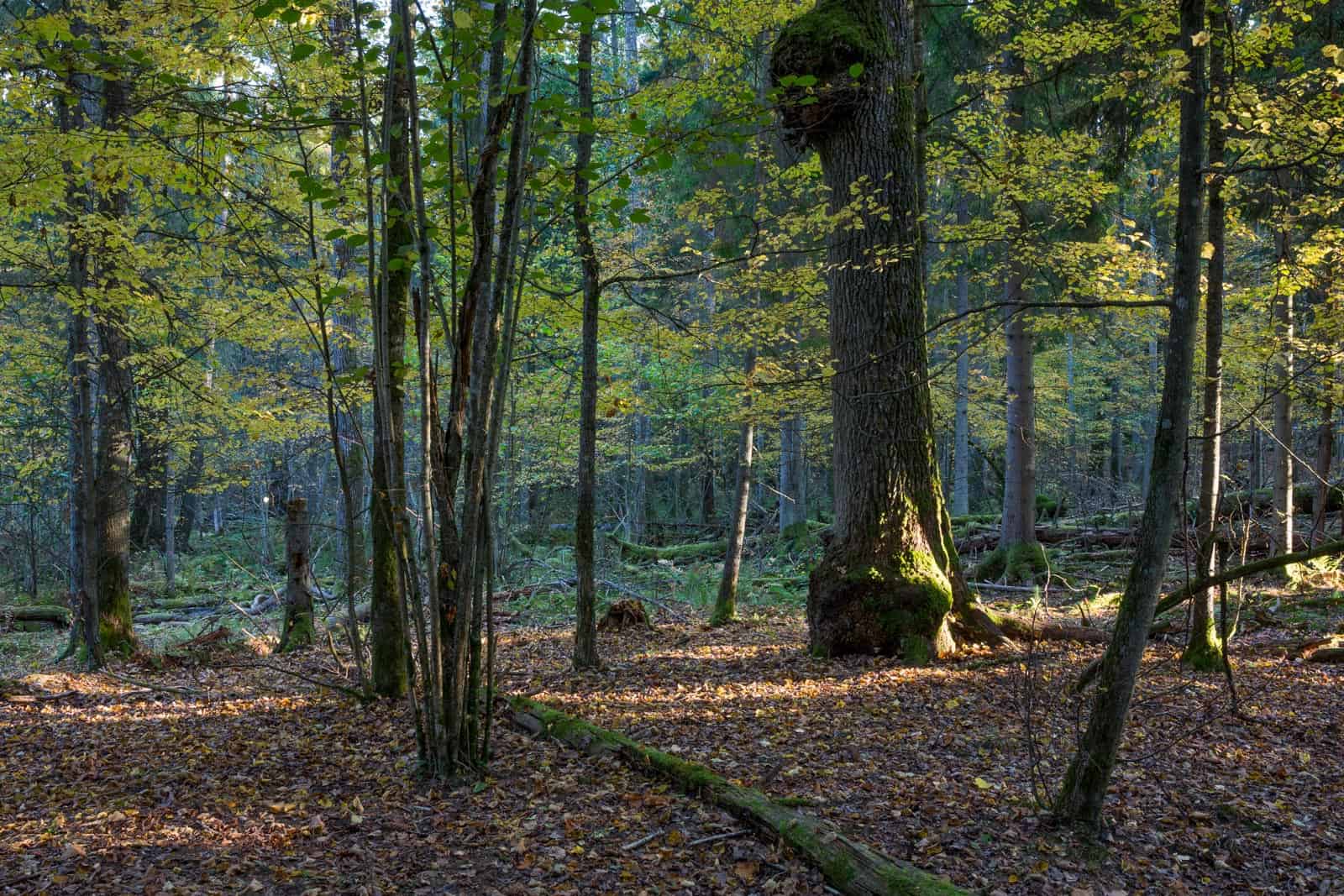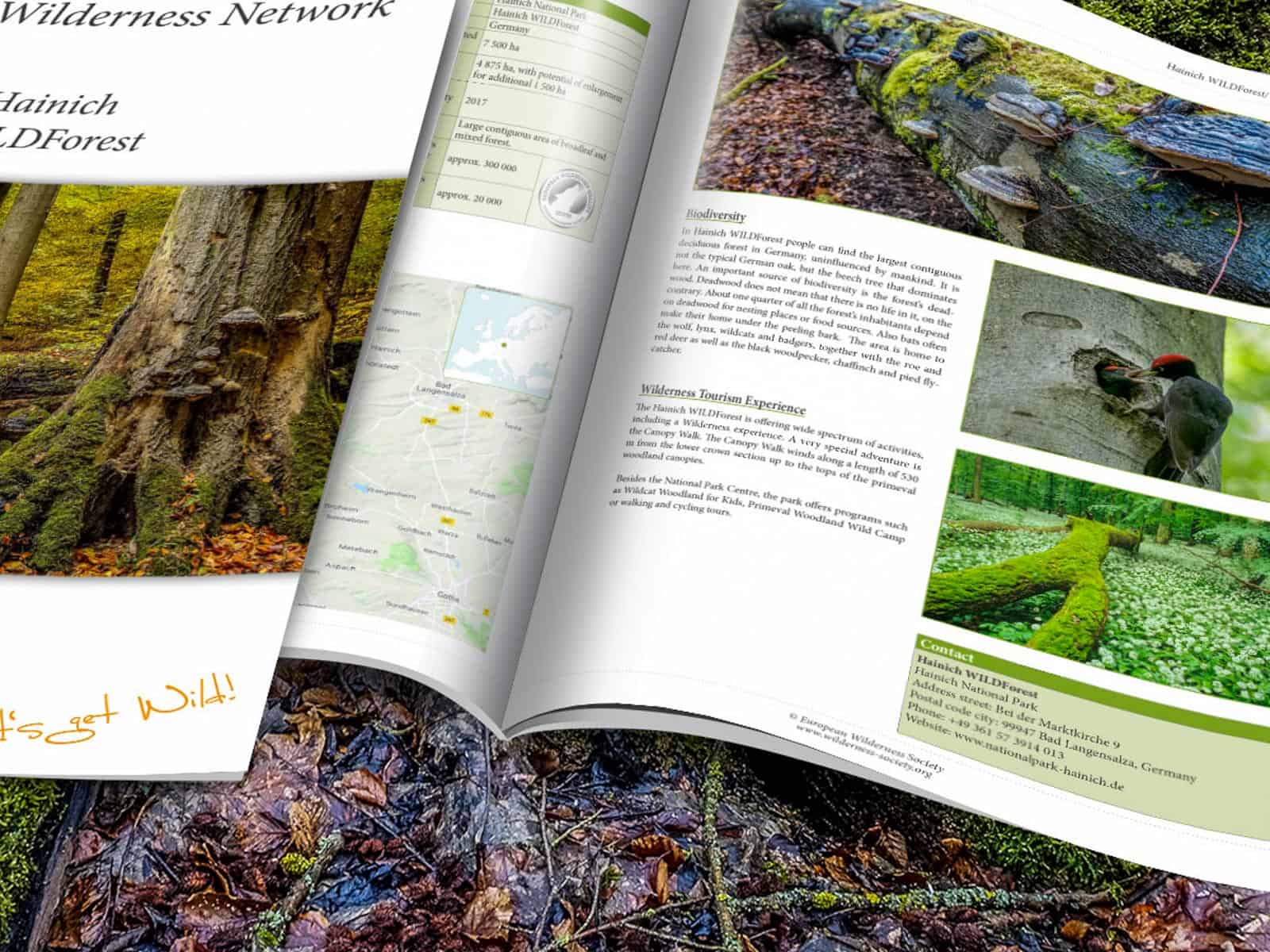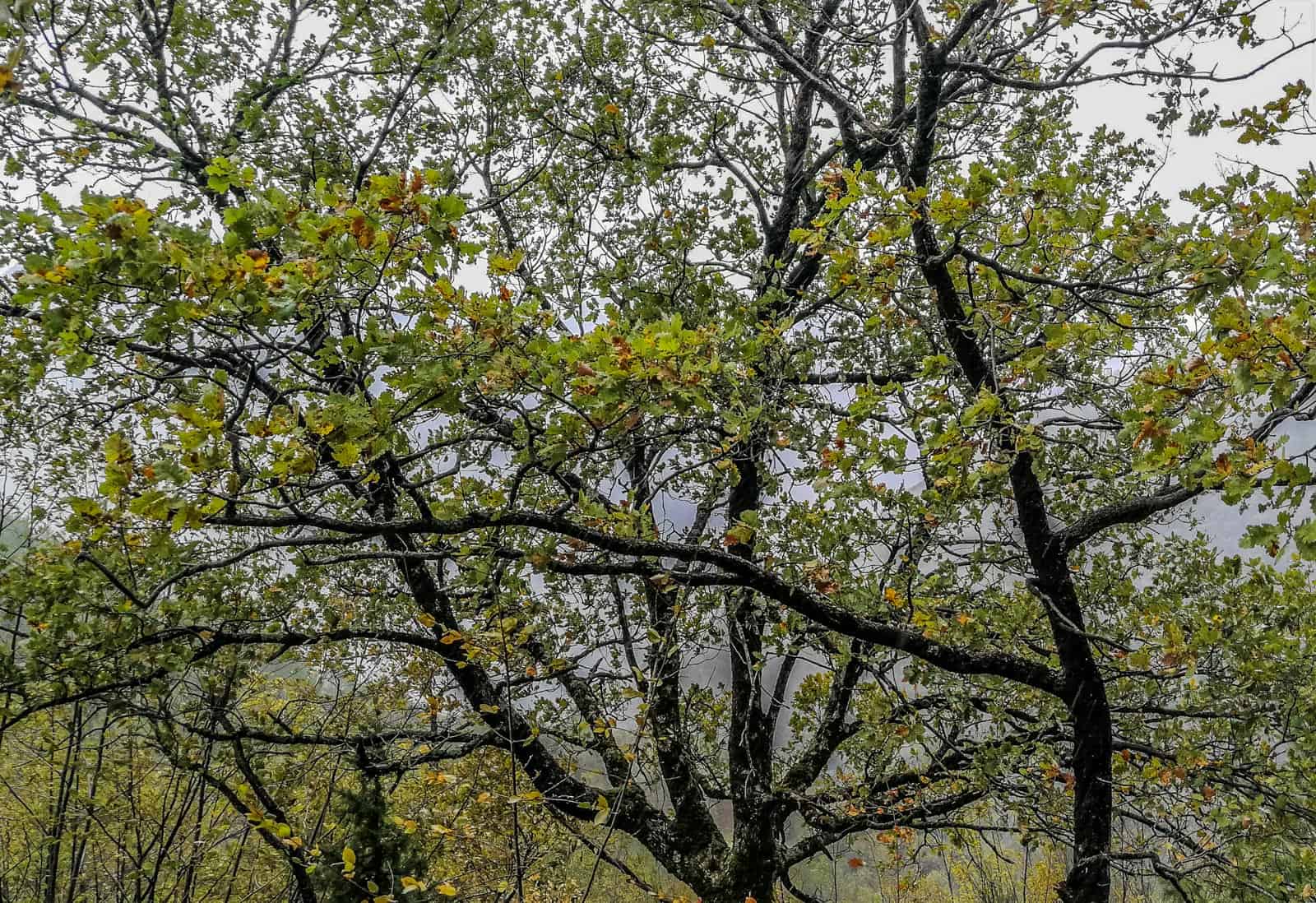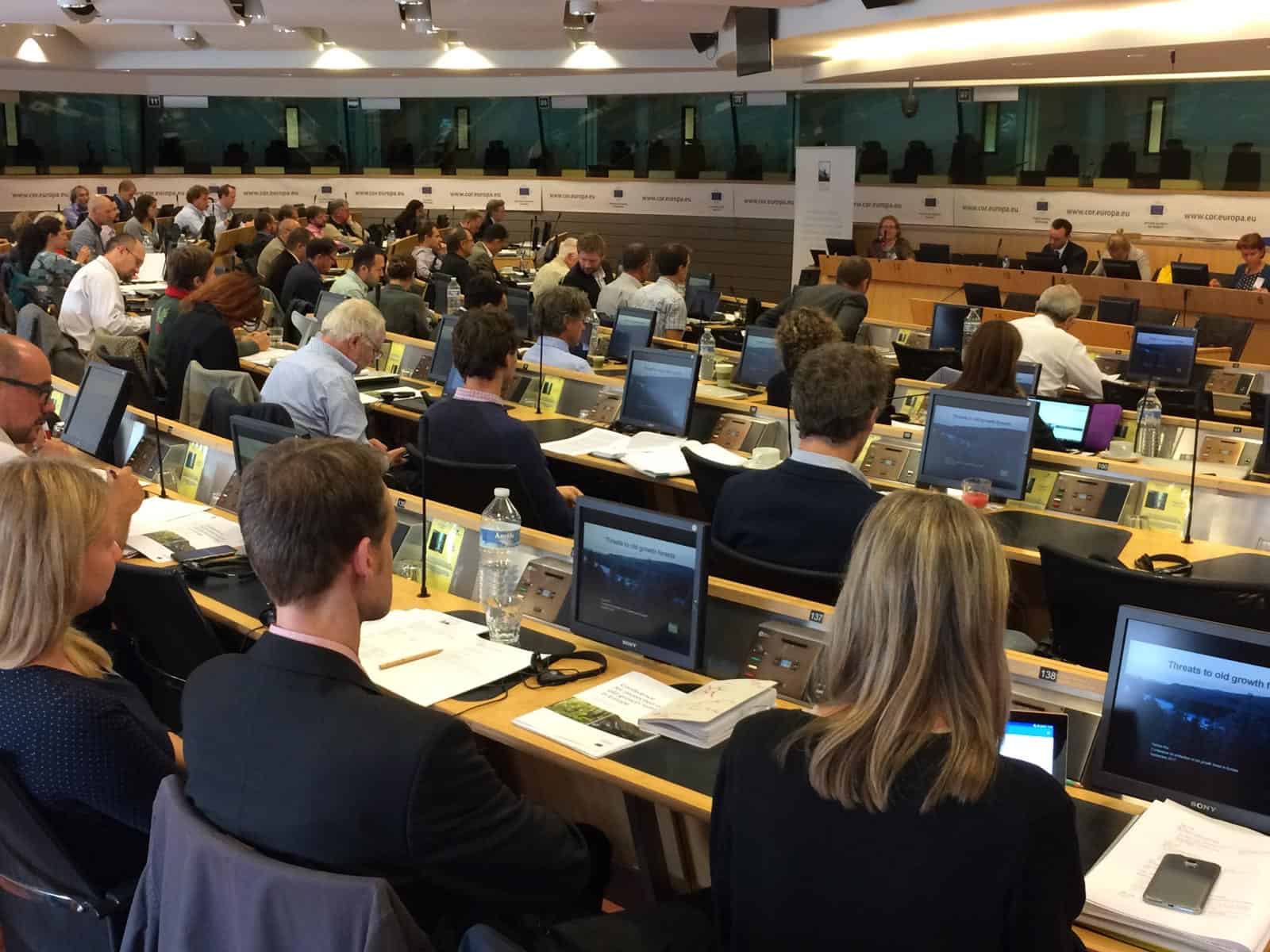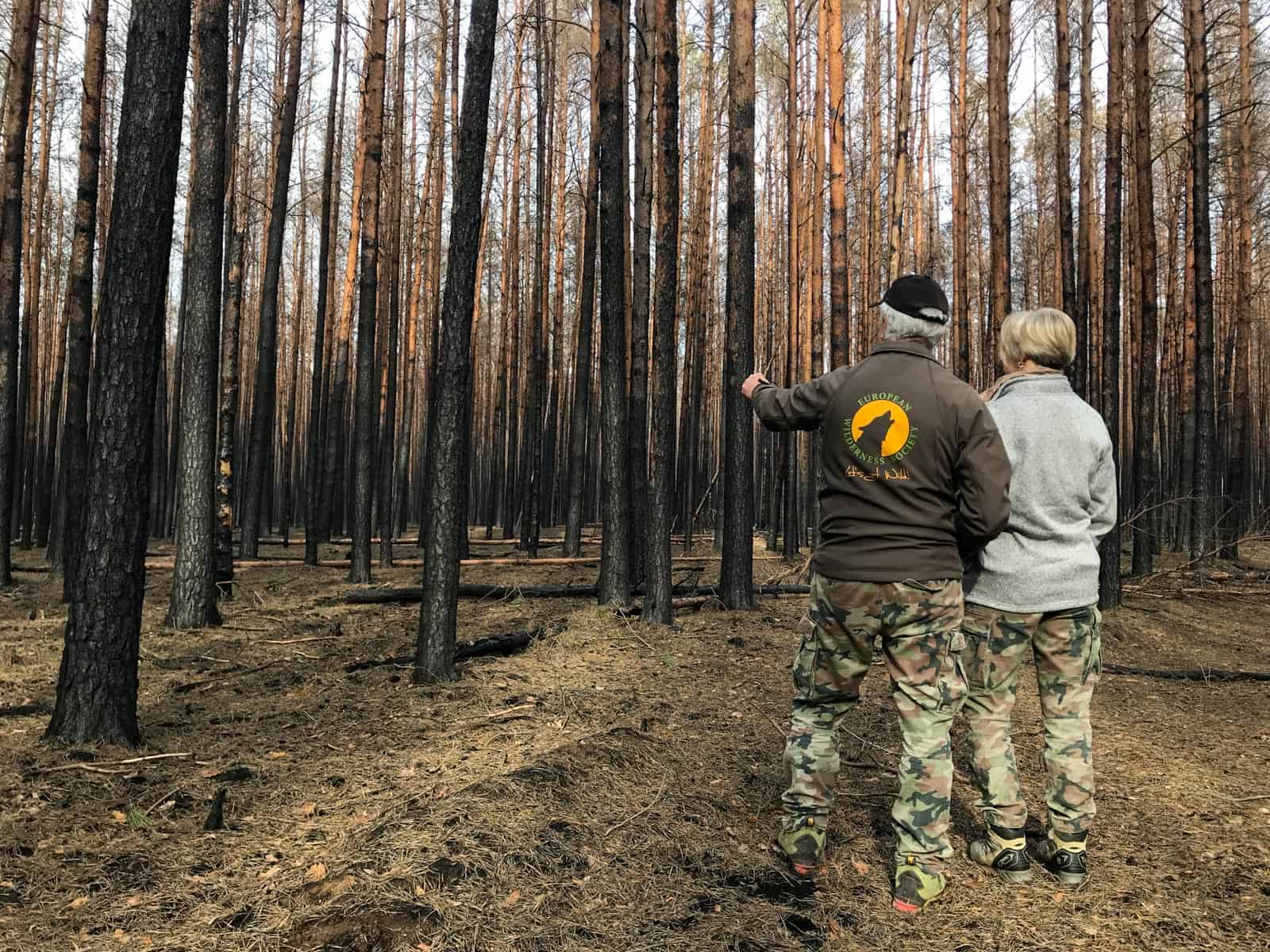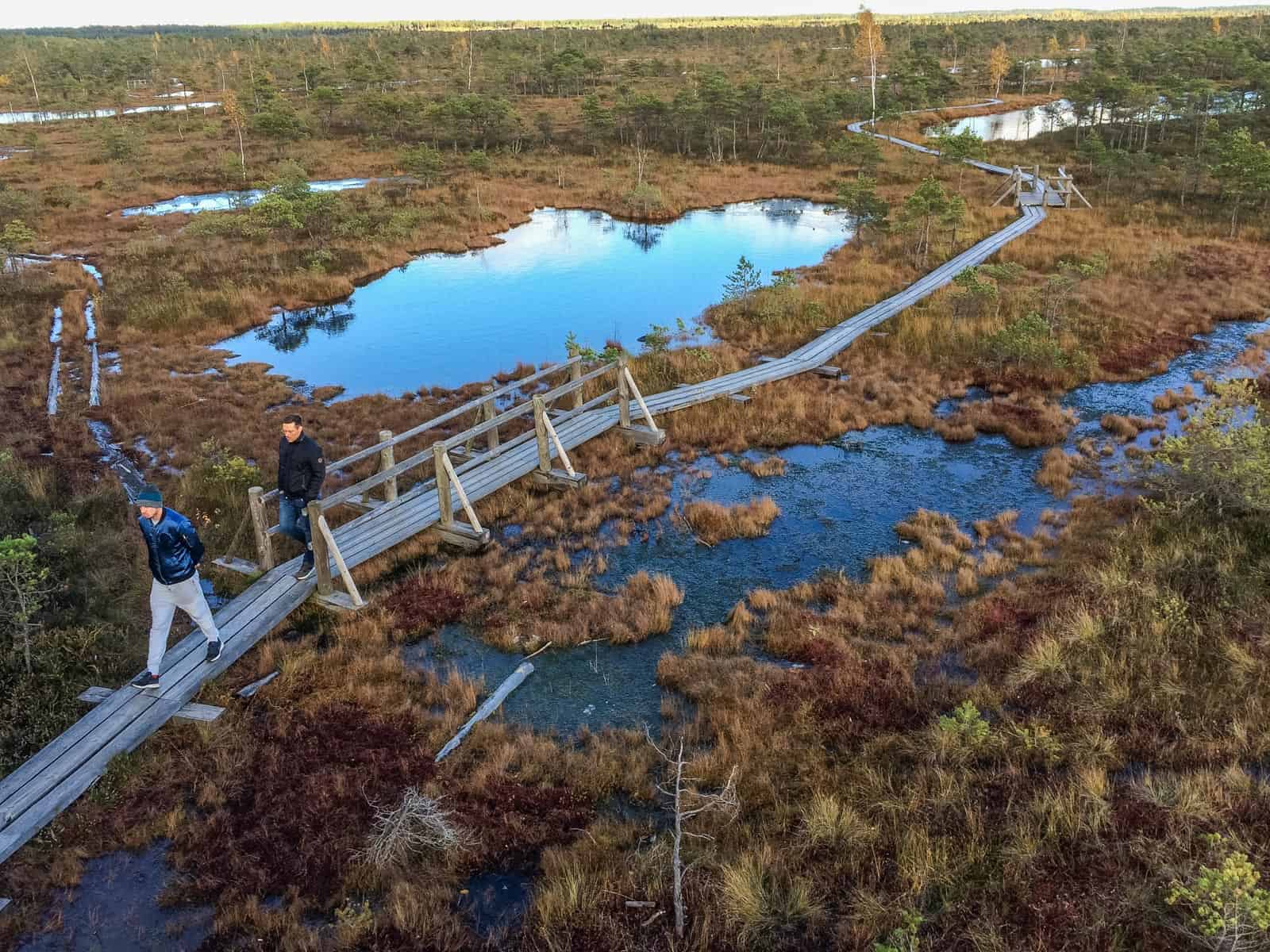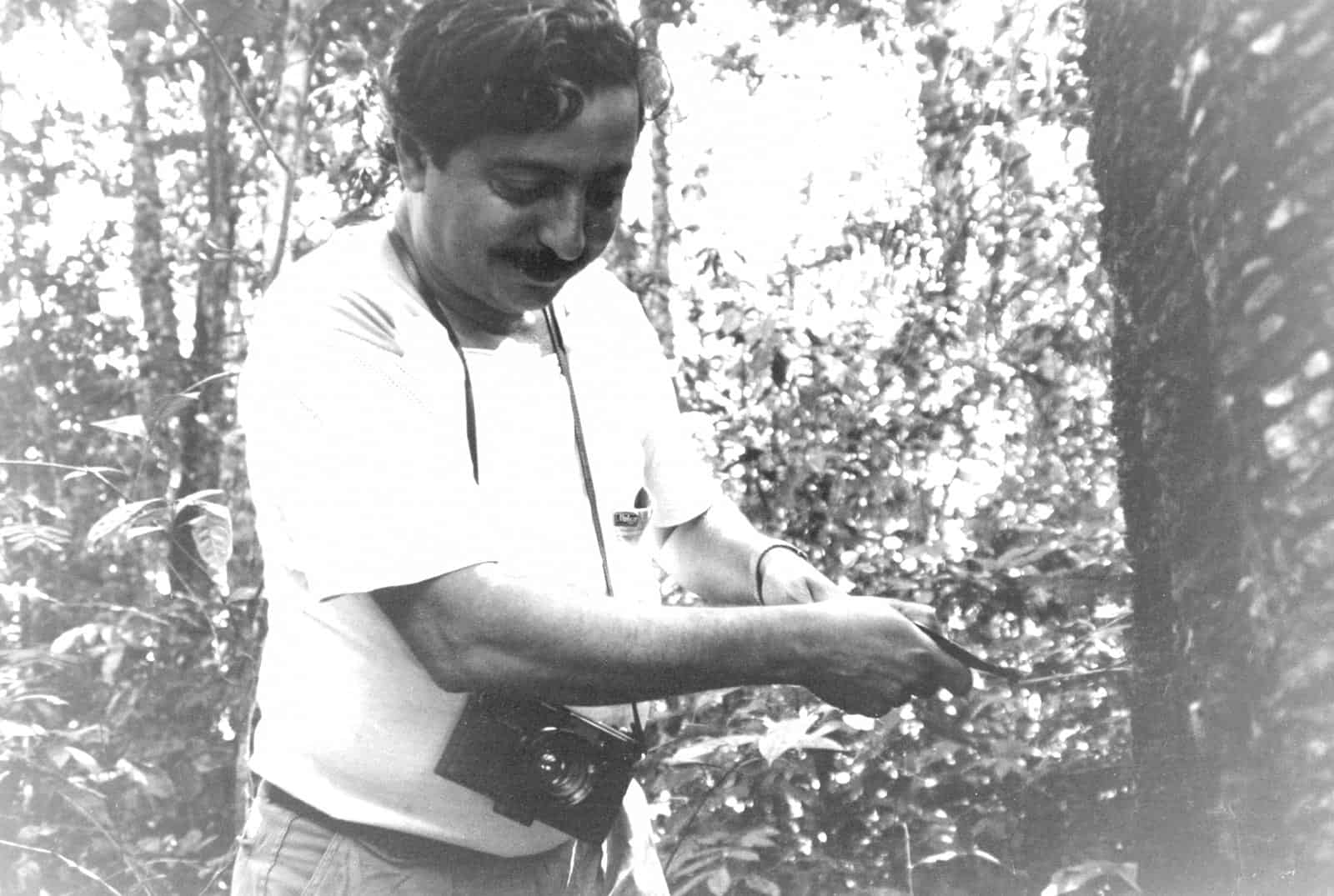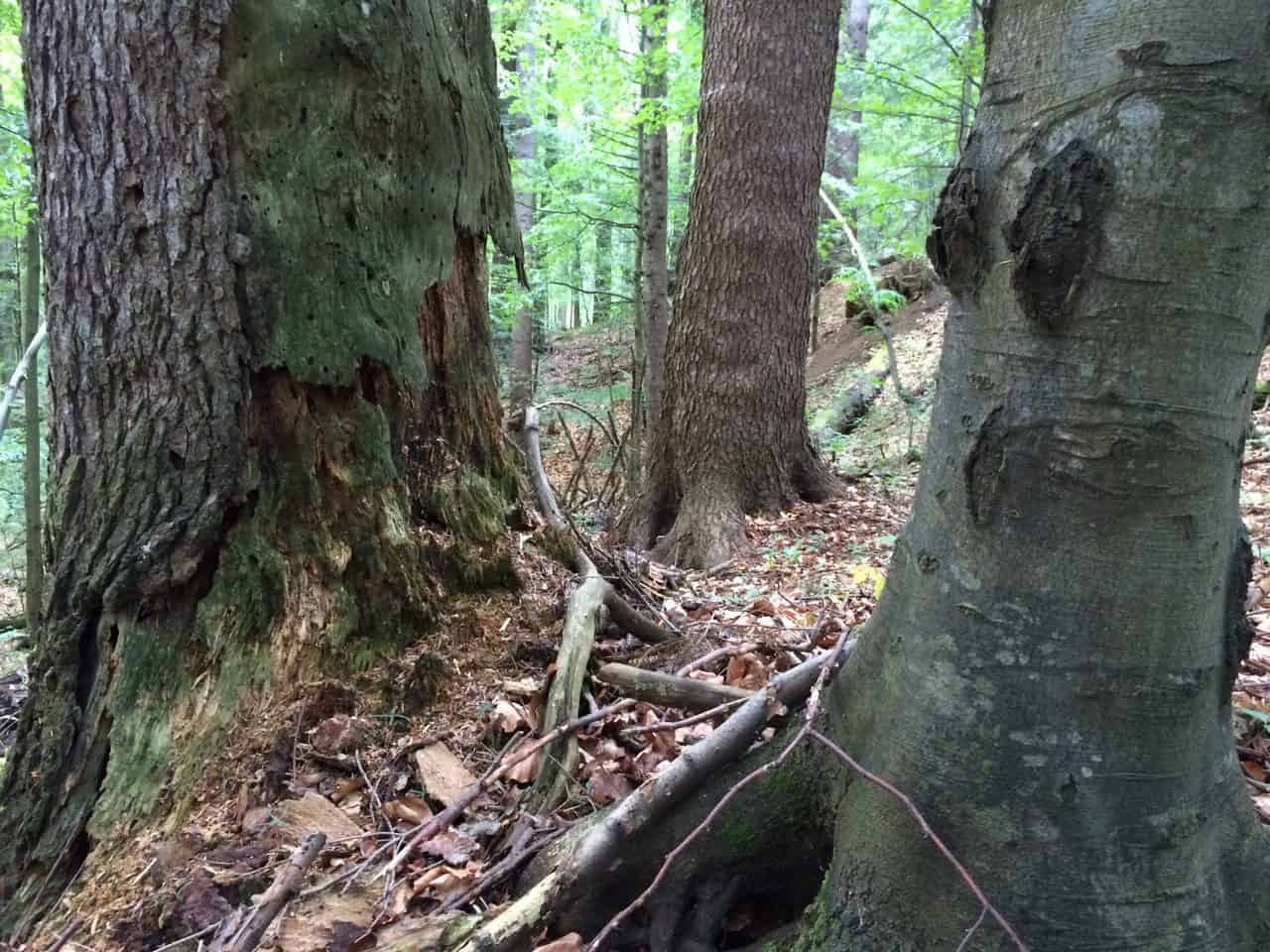Speak up for our forests
The International Day of Forests on the 21th of March is an annual celebration of the world’s incredible forests. This celebration was created in 2012 by the United Nations General Assembly to celebrate and raise awareness of the importance of all types of forests. However, far from being safe, today our forests face different threats worldwide.
Please also read: Forests and Wilderness crucial in the climate change combat
Forest biomass to fight climate change?
Wood bioenergy, as a supposedly ‘green’ alternative to fossil fuels, is booming as governments around the world struggle to cut down their greenhouse gas emissions. In fact, bioenergy was one of the main strategies to help meet European Union goal of 20% renewable energy by 2020. It is also expected to have a key contribution to the EU’s 2050 long-term strategy. So much so, that governments have been providing huge subsidies for the expansion of biomass burning in large power plants across the continent.
In Europe, more than half of what we call ‘renewable energy’ actually comes from burning wood and crops. However, at the start of this year 2021, the Joint Research Centre (JRC), as part of the European Commission, published an interesting report. It concludes that the burning of most forest biomass for energy in the EU not only poses a risk to biodiversity, but increases emissions compared to fossil fuels. It could do so for decades more as well, threatening the EU’s net zero climate target for 2050 and the chances of stopping climate change.
Further, the study found a 20% gap between the amount of wood reported as sourced and the wood reported as used. This means that 20% of the wood burned in the EU comes from unknown sources. This is particularly concerning given recent reports of widespread illegal forestry. Clearly, burning trees to generate energy is not renewable, not sustainable, not carbon-neutral and not green.
WILDForests against the climate and biodiversity crisis
Efforts to reduce energy consumption levels and improve the efficiency of renewable technologies are a must. However, the protection and safeguarding of WILDForests play a key role on the mitigation of the climate and biodiversity crisis we face today. Maintaining and restoring forest ecosystems can be one of the most effective and cheapest ways to combat climate change. It also contributes to boosting wildlife population and helping the land adapt to changing climate conditions. Old-growth forests also provide important ecosystem services such as filtering and storing freshwater, shelter, jobs and security for forest-dependent communities.
A previous study found that old-growth forests can continue to accumulate carbon, contrary to the long-standing view that they are carbon neutral. Further, another study found that natural forests can store more carbon for longer compared to plantations and agroforestry, having a carbon sequestration potential 6 times better than agroforestry and 40 times greater than plantations. It is therefore important to preserve, improve and increase forested areas if the EU wants to reach climate neutrality.
How can you help?
Last January, the European Commission announced in its Communication on the European Green Deal. Moreover, the roadmap of a new EU Forest Strategy, now open for public consultation and feedback (until 19 April 2021). The EU Forest Strategy covers all topics related to forest cycle and promotes the numerous ecological and socio-economic services forest provide. The aim of the strategy is to ensure healthy and resilient forests that contribute to the protection of biodiversity loss, mitigation of climate change, control of natural disasters, security of livelihoods and support of circular bioeconomy and rural communities. The European Wilderness Society encourages all our Wilderness Advocates to participate in this consultation by supporting initiatives that protect and preserve the last remaining natural forests.
Moreover, projects such as BEECH POWER, Centralparks and Multiperspective view on the biodiversity in forests aim to raise awareness as well as actively engage stakeholders and the general public in the protection of these unique ecosystems. By following these projects you can stay updated about forest-focused activities in Central Europe and get in contact to protect forest biodiversity!

